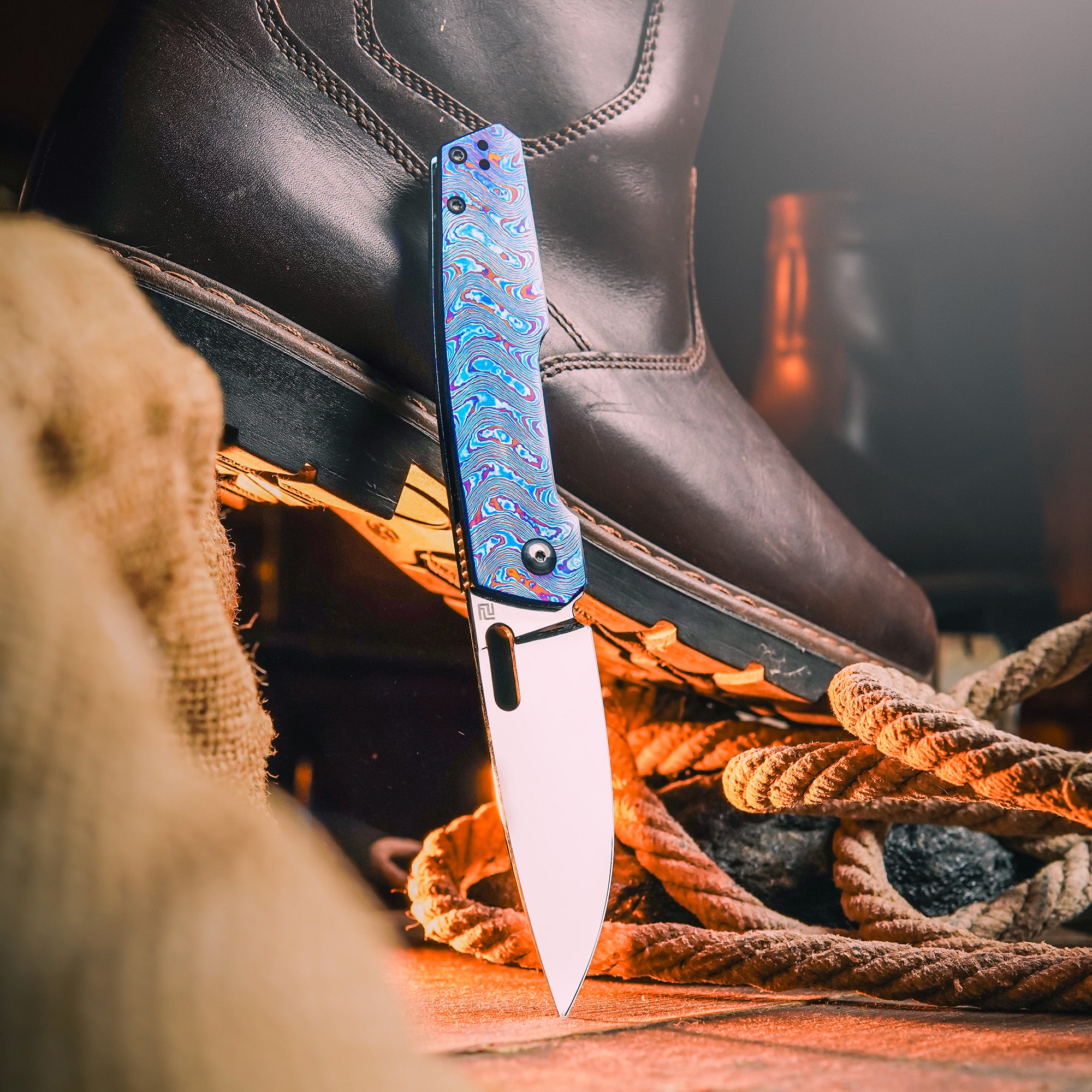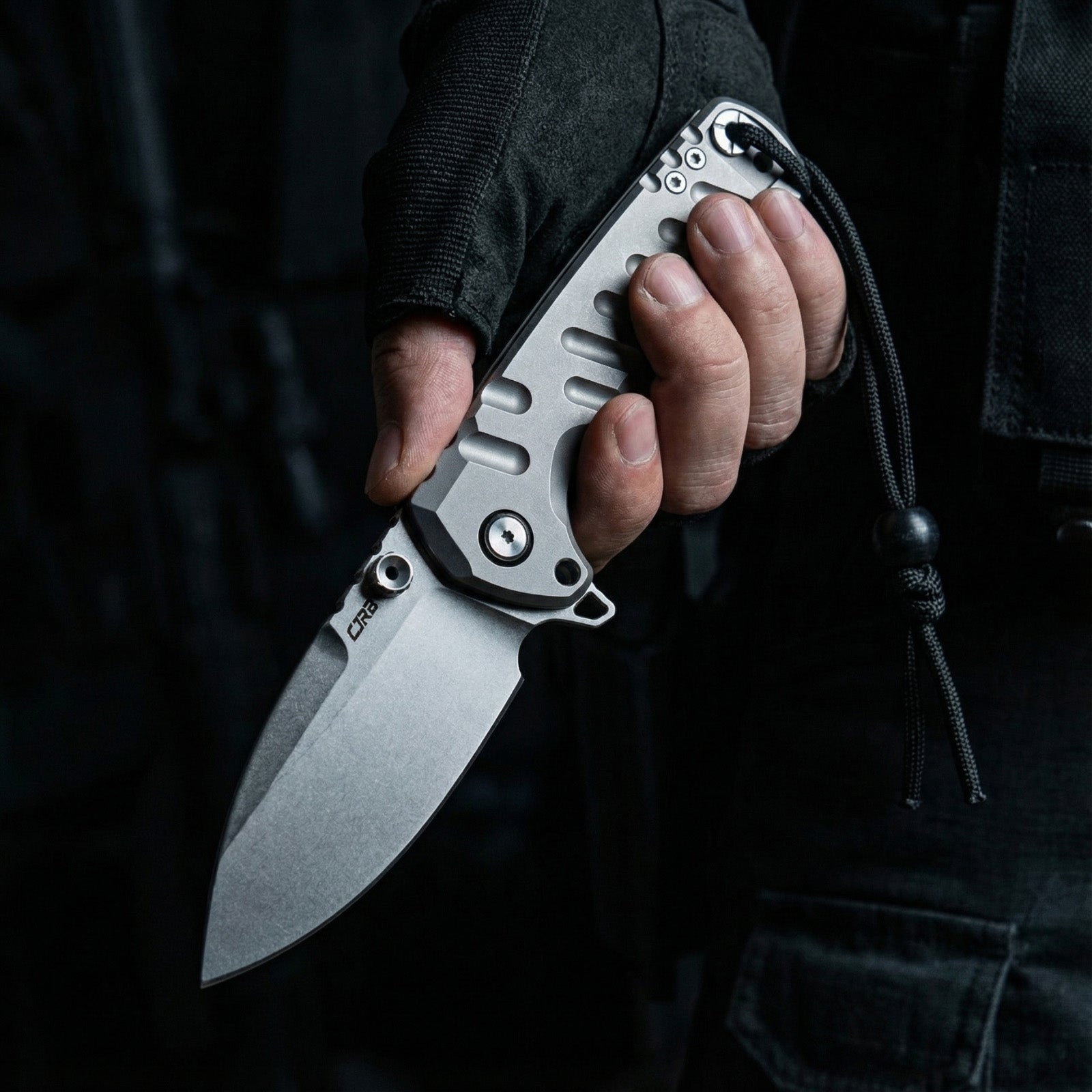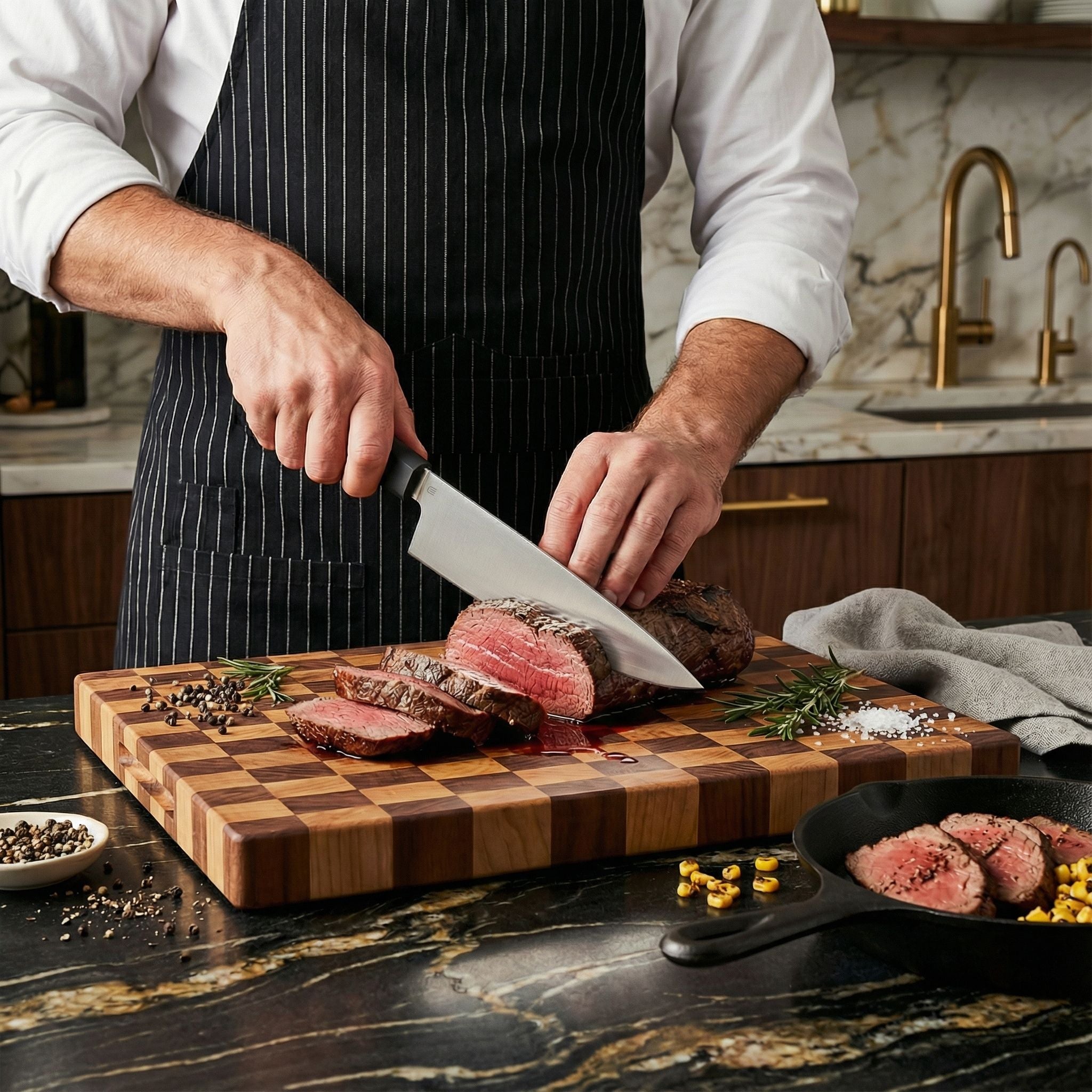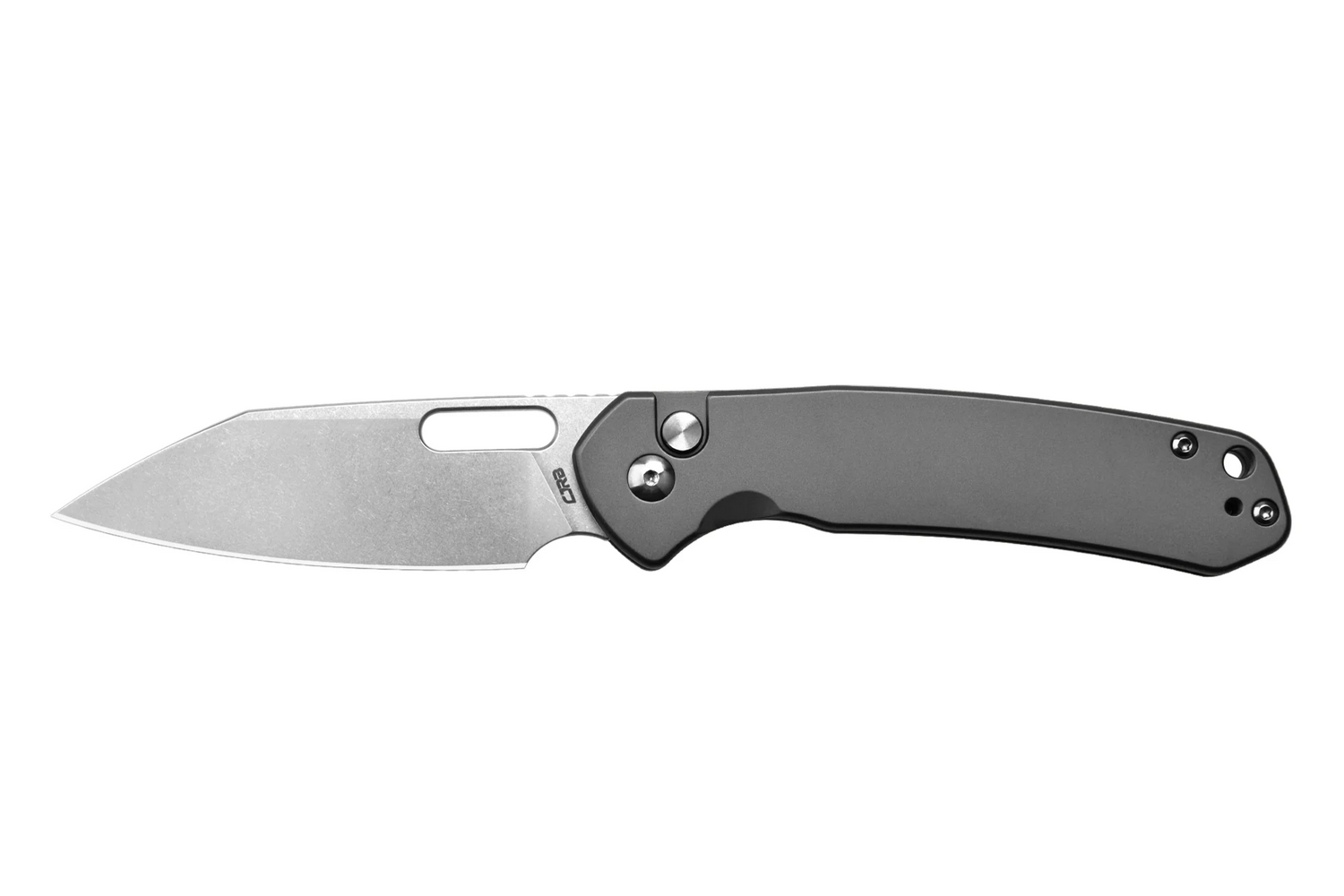An everyday carry (EDC) knife is one of the most useful and versatile tools you can keep on your person. Having a reliable EDC knife by your side ensures you'll always be prepared for whatever cutting, slicing, or opening tasks come your way throughout the day. However, with the sheer variety of EDC knives available, it can be challenging to determine which one is the best fit for your needs and preferences.
In this comprehensive guide, we'll explore the key factors you should carefully evaluate when choosing an EDC knife. Finding one tailored to your needs will ensure your EDC blade becomes an indispensable companion you reach for day in and day out.
Size and Dimensions
One of the first considerations when selecting an EDC knife is dialing in the right size and dimensions best suited to your purposes. Take into account your personal preferences - do you prefer lighter, more compact knives that disappear discreetly into a pocket? Or are you willing to carry slightly larger, heavier knives that offer more substantial feels in hand?
The ideal size of an EDC knife for most users falls somewhere in the 2.5-4-inch blade length range. Shorter blades under 2.5 inches provide ultimate precision and control for delicate cutting tasks, while longer 4+ inch blades allow you to tackle tougher materials. Be sure to evaluate the thickness and contouring of the handle as well for a comfortable, ergonomic grip.
Blade Style
EDC knives come equipped with a range of blade styles, each with its own strengths and intended uses. A drop point or clip point blade offers versatility for most everyday cutting needs. The controllable point on clip point blades also lends itself well to detail work. For more heavy-duty slicing tasks, a drop point's thicker spine ensures durability.
If you need to puncture tougher materials, a reinforced tanto blade is an excellent choice. No matter what the style is, look for a razor-sharp, fine-edged blade that aligns with your intended uses. Having a general utility blade shape ensures your EDC knife can take on a wide range of challenges.

Blade Steel
The type of steel used in the blade plays a significant role in edge retention, strength, and corrosion resistance. Common steels like 154CM, VG-10, and S30V offer a great blend of these qualities at an affordable price point. For more premium performance, S35VN and M390 are hardwearing steels that resist dulling exceptionally well.
Be sure to select a steel known for its durability, and that isn't exceedingly difficult to sharpen. The last thing you want is a blade that becomes dull after light usage. Investing in quality steel will pay dividends by letting you use your EDC knife for longer between sharpening.
Opening Mechanism
From manual to assisted to automatic, EDC knives come with a range of opening mechanisms. Manual opening options like thumb studs, nail nicks, and flippers afford greater control and precision when deploying the blade. Spring-assisted knives offer rapid opening with a bit of help once the blade is started manually. Automatic knives open fully with the press of a button but face tighter legal restrictions.
Assess your particular needs and preferences when it comes to safely deploying the blade quickly and conveniently in everyday situations. If speed is paramount, assisted and automatic options open rapidly, while manual mechanisms allow for more measured control.
Locking Mechanism
A secure and reliable locking mechanism is crucial for safety and preventing accidental closure when employing your EDC blade. Common locking options like liner, frame, and axis/compression locks typically offer robust stability when engaged. Be sure to test the lock thoroughly before purchasing any EDC knife - an ideal lockup will be solid with no lateral blade play when engaged.
Avoid any knives where the lock seems flimsy or disengages without intention. You want the reassurance your blade will stay fixed open, especially when applying force. A poorly made lock can lead to serious injury and accidents when the blade closes unintentionally.

Ergonomics
Given how often you'll be gripping your EDC knife, ergonomics should be a primary factor. Look for contoured, textured handles crafted from grippy materials like G10, titanium, or micarta. The shaping should naturally accommodate your grip with no sharp edges or hotspots during prolonged use.
Also, consider the size, shape, and depth of the finger grooves, thumb ramps, and other ergonomic features. You want a knife handle that nestles comfortably and securely in your hand, tailored to your usage needs. Poor ergonomics leads to hand strain, slips, and reduced control.
Portability
Since the entire goal of an EDC knife is to have it readily accessible to you at all times, portability is key. Ensure your everyday carry blade has a slim, discreet footprint and profile when closed. Low-profile designs won't print through clothing or take up much pocket real estate.
The knife's carry options also factor into everyday portability. Look for deep carry pocket clips, lanyard holes, and integrated carabiners to keep your blade secure yet instantly accessible. Sheaths are another option for carrying, but pocket clips generally excel for EDC knives.
Price and Value
When selecting your EDC knife, part of your evaluation should involve setting a reasonable budget and assessing cost versus quality. Well-made EDC knives can range from budget-friendly at around $30 up to $200+ for premium offerings. In the $70-$150 range, you can find excellent construction and materials.
Avoid the cheapest low-quality knives that cut corners in important areas like lockup and steel. Be wary of anything suspiciously inexpensive. Focus your search on knives offering proven quality and performance for your monetary outlay.
Conclusion
Finding and investing in the ideal everyday carry knife means taking a holistic look at your personal needs, preferences, and budget. Carefully weigh size, materials, blade style, ergonomics, opening mechanism, and other factors when making your selection. Choosing the right EDC knife tailored specifically to you will ensure you have a trusty companion ready to tackle daily cutting tasks for years. With an endless array of offerings on the market, take your time to make an informed decision.










Leave a comment
All comments are moderated before being published.
This site is protected by hCaptcha and the hCaptcha Privacy Policy and Terms of Service apply.